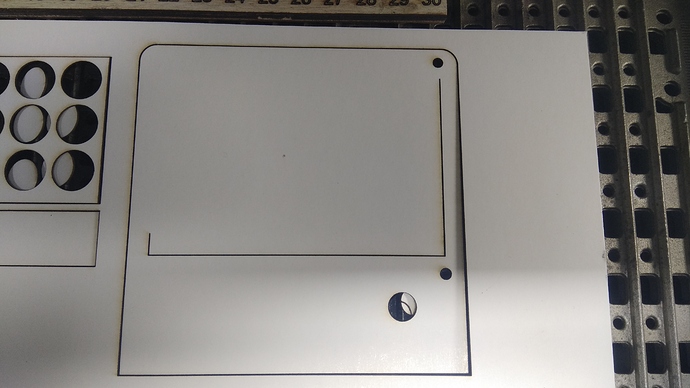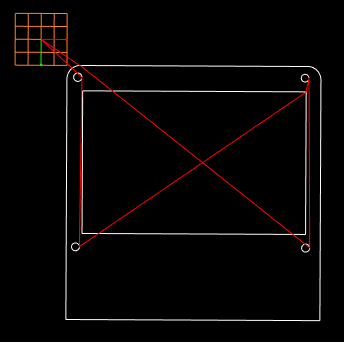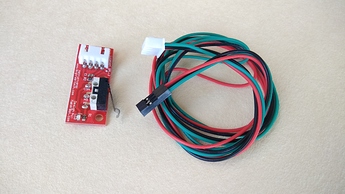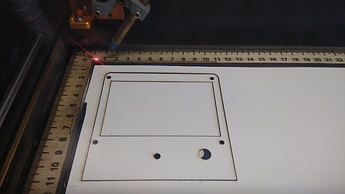Puzzled with why one design was running ok and the other did not remind me this story which I’m guessing most of you are already familiar with. Anyway, here goes:
The Pontiac Division of General Motors once received the following complaint: “This is the second time I have written you, and I don’t blame you for not answering, because I kind of sounded crazy. We have a tradition in our family of ice cream for dessert after dinner each night.
But the kind of ice cream varies so, every night, after we’ve eaten, the whole family votes on which kind of ice cream we should have and I drive down to the store to get it. It’s also a fact that I recently purchased a new Pontiac and since then my trips to the store have created a problem.
You see, every time I buy vanilla ice cream when I start back from the store my car won’t start. If I get any other kind of ice cream, the car starts just fine. I want you to know I’m serious about this question, no matter how silly it sounds: ‘Why does my car seem allergic to vanilla ice cream?’”
The team at Pontiac was understandably skeptical about the letter but sent an engineer to check it out anyway. The latter was surprised to be greeted by a successful, obviously well-educated man in a good neighborhood. He had arranged to meet the man just after dinner so they could go together to the ice cream store. It was the vanilla ice cream that night and, sure enough, after they came back to the car, it wouldn’t start. The engineer returned for three more nights.
The first night, the man got chocolate. The car started. The second night, he got strawberry. The car started. The third night he ordered vanilla. The car failed to start. Now the engineer, being a logical man, refused to believe that this man’s car was allergic to vanilla ice cream. He arranged, therefore, to continue his visits for as long as it took to solve the problem. He also started to test and measure – he collected all sorts of data, time of day, type of gas used, time to drive back and forth, etc. Soon he got his first clue: the man took less time to buy vanilla than any other flavor.
**Vanilla, being the most popular flavor, was in a separate case at the front of the store for quick pick up. All the other flavors were kept in the back of the store at a different counter where it took considerably longer to find the flavor and check out. The power of this data-driven insight was to immediately change the question from – “Why is my car allergic to vanilla ice cream?” to a more sensible, “Why does the car not re-start when it takes less time?” Once time became the problem – not the vanilla ice cream – the engineer quickly understood the answer: vapor lock. It was happening every night, but the extra time taken to get the other flavors allowed the engine to cool down sufficiently to start - It was still too hot for the vapor lock to dissipate.





